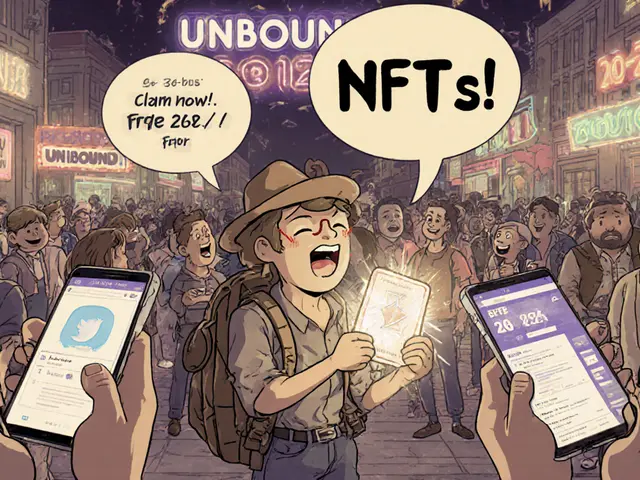Hyperledger Fabric – Your Guide to Permissioned Blockchains
When working with Hyperledger Fabric, a modular open‑source framework for creating permissioned blockchain networks. Also known as Fabric, it lets enterprises design secure, scalable ledgers without the public‑network overhead. Hyperledger Fabric combines a pluggable architecture with strong identity management, making it ideal for supply‑chain, finance, and health‑care use cases.
Key Building Blocks and How They Fit Together
The backbone of any Fabric network is a distributed ledger that records every transaction in an immutable order. On top of that ledger, smart contracts – called chaincode in Fabric – define the business logic that runs when a transaction is submitted. The platform’s permissioned model means each participant has a digital identity, usually issued by a certificate authority, which controls who can read or write data. Together, these elements enable the semantic triple: Hyperledger Fabric enables permissioned networks, permissioned networks require identity management, and identity management supports secure smart contract execution.
One of the most practical advantages is Fabric’s modular consensus. Instead of a one‑size‑fits‑all algorithm, you can plug in Solo, Kafka, Raft, or even custom consensus mechanisms based on your performance and trust requirements. This flexibility lets organizations start small and scale up as transaction volume grows, without rewriting core code. Because the ledger is private to the network, data confidentiality is preserved – a big win for industries that handle sensitive information.
Fabric’s origins trace back to IBM, which contributed the initial codebase to the Linux Foundation’s Hyperledger project. Since then, a vibrant community of developers, enterprises, and academic groups has expanded the ecosystem with tooling like Hyperledger Explorer, Fabric CA, and the Fabric SDKs for Java, Go, and JavaScript. These tools lower the barrier to entry, allowing developers to spin up a local test network in minutes and then migrate to production‑grade deployments on Kubernetes or cloud providers.
In practice, you’ll see Fabric powering solutions such as trade‑finance platforms that automate letter‑of‑credit workflows, provenance trackers that verify product origin, and identity‑verification systems that protect personal data. The common thread across these use cases is the need for a trusted, auditable ledger where participants are known to each other – exactly what Hyperledger Fabric delivers. Below you’ll find a curated collection of articles that dive deeper into exchange reviews, token offerings, compliance guides, and more, all of which intersect with the broader blockchain landscape that Fabric belongs to.
Explore enterprise distributed ledger technology solutions: benefits, top platforms like Hyperledger Fabric, Besu and Quorum, implementation tips, use cases, risks, and future outlook.
Continue reading





